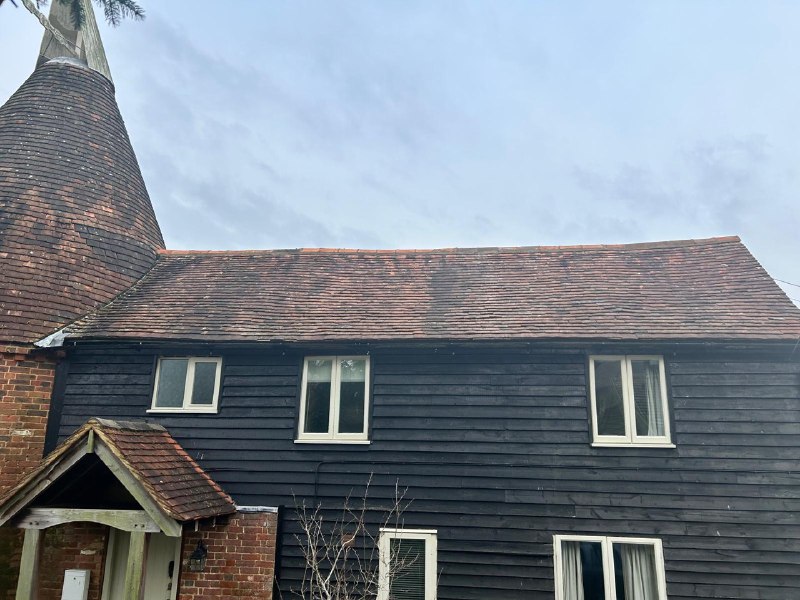Climate Change and Roof Tile Stability: Understanding Slipping Risks
Introduction: As the effects of climate change become increasingly pronounced, it’s essential to consider how these changes can impact the stability of roof tiles and the risks of slipping. Extreme weather events, rising temperatures, and shifting precipitation patterns can all contribute to the deterioration of roofing materials, posing potential hazards to homeowners. In this blog post, we’ll explore the impact of climate change on roof tile stability, the associated risks of slipping, and strategies for mitigating these risks.
- Extreme Weather Events: One of the most significant threats posed by climate change is the increase in frequency and intensity of extreme weather events such as storms, hurricanes, and heavy rainfall. These events can subject roof tiles to significant stress, causing them to shift, crack, or dislodge. As a result, homeowners may experience slipping tiles, leading to water infiltration and structural damage to their homes.
- Temperature Fluctuations: Rising temperatures associated with climate change can also affect the stability of roof tiles. Excessive heat can cause roofing materials to expand and contract, leading to warping, cracking, or degradation. In regions with fluctuating temperature extremes, this thermal cycling can weaken the bonds between roof tiles and the underlying structure, increasing the risk of slipping during extreme weather events or high winds.
- Shifting Precipitation Patterns: Changes in precipitation patterns, including increased rainfall intensity and prolonged periods of drought, can exacerbate roof tile instability. Heavy rainfall can saturate roofing materials, causing them to become waterlogged and more susceptible to damage or slippage. Conversely, prolonged drought conditions can lead to soil subsidence or settlement, compromising the stability of the roof structure and increasing the likelihood of tile slipping.
- Vegetation Growth and Maintenance: Climate change can also impact vegetation growth patterns, with more frequent and intense heatwaves and rainfall events providing favourable conditions for the proliferation of moss, algae, and other plant growth on roof surfaces. Over time, this vegetation can compromise the integrity of roof tiles, creating additional weight and traction that may contribute to slipping risks. Regular roof maintenance, including vegetation removal and cleaning, is essential to mitigate these risks.
- Mitigation Strategies: To address the impact of climate change on roof tile stability and slipping risks, homeowners can implement several mitigation strategies. These include regular roof inspections and maintenance to promptly identify and address any signs of damage or deterioration. Additionally, installing gutter systems, roof edge protection, and roof anchors can help prevent water infiltration and secure roof tiles during extreme weather events.
Conclusion: As climate change continues to impact our environment, homeowners must be aware of the potential risks to roof tile stability and slipping. By understanding the effects of extreme weather events, temperature fluctuations, shifting precipitation patterns, and vegetation growth, homeowners can proactively mitigate these risks and protect their homes from water damage and structural instability.
Call us on: 01302 490 497
Click here to find out more about GKL Roofing Tickhill
Click here to complete our contact form and see how we can help with your roofing needs.

